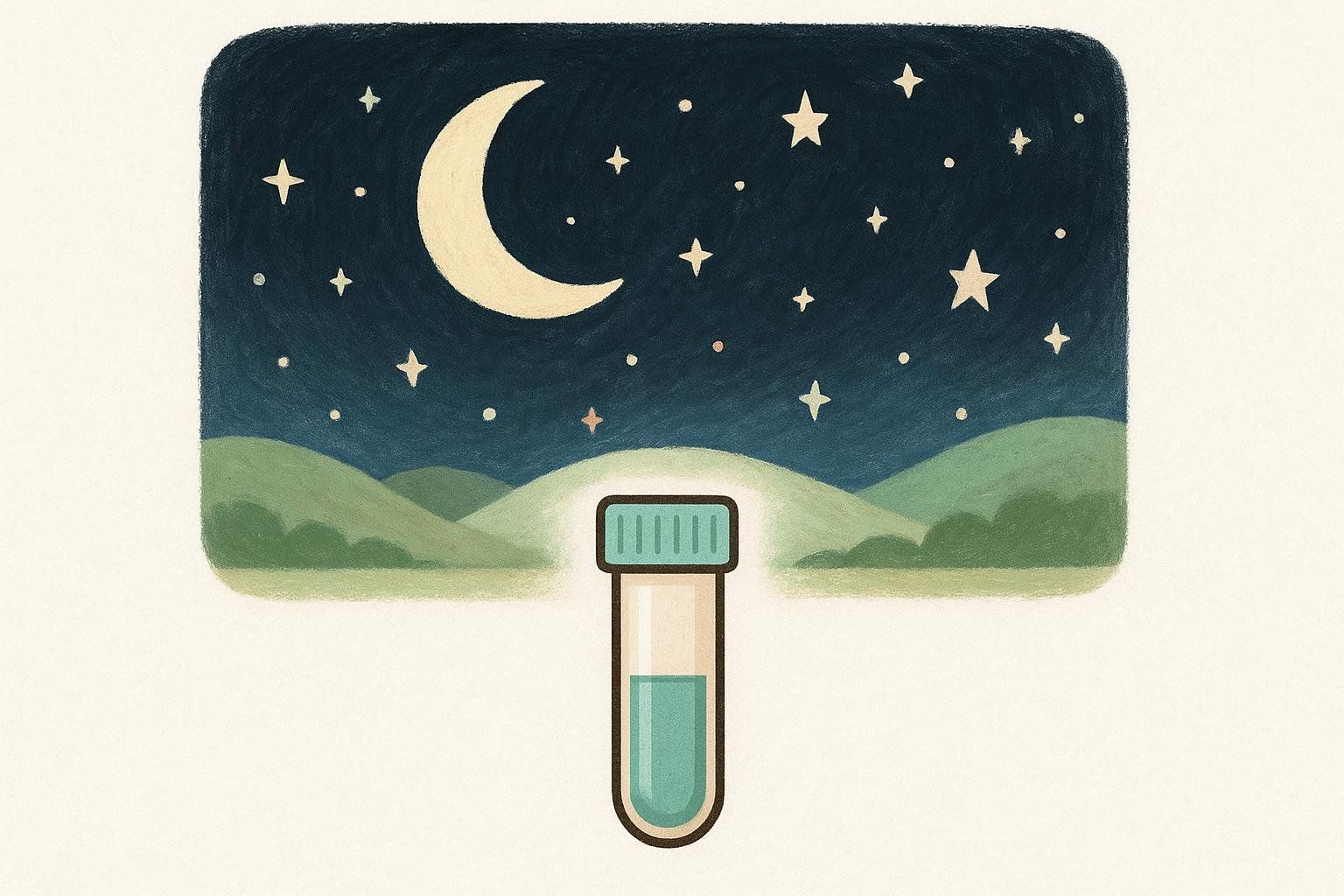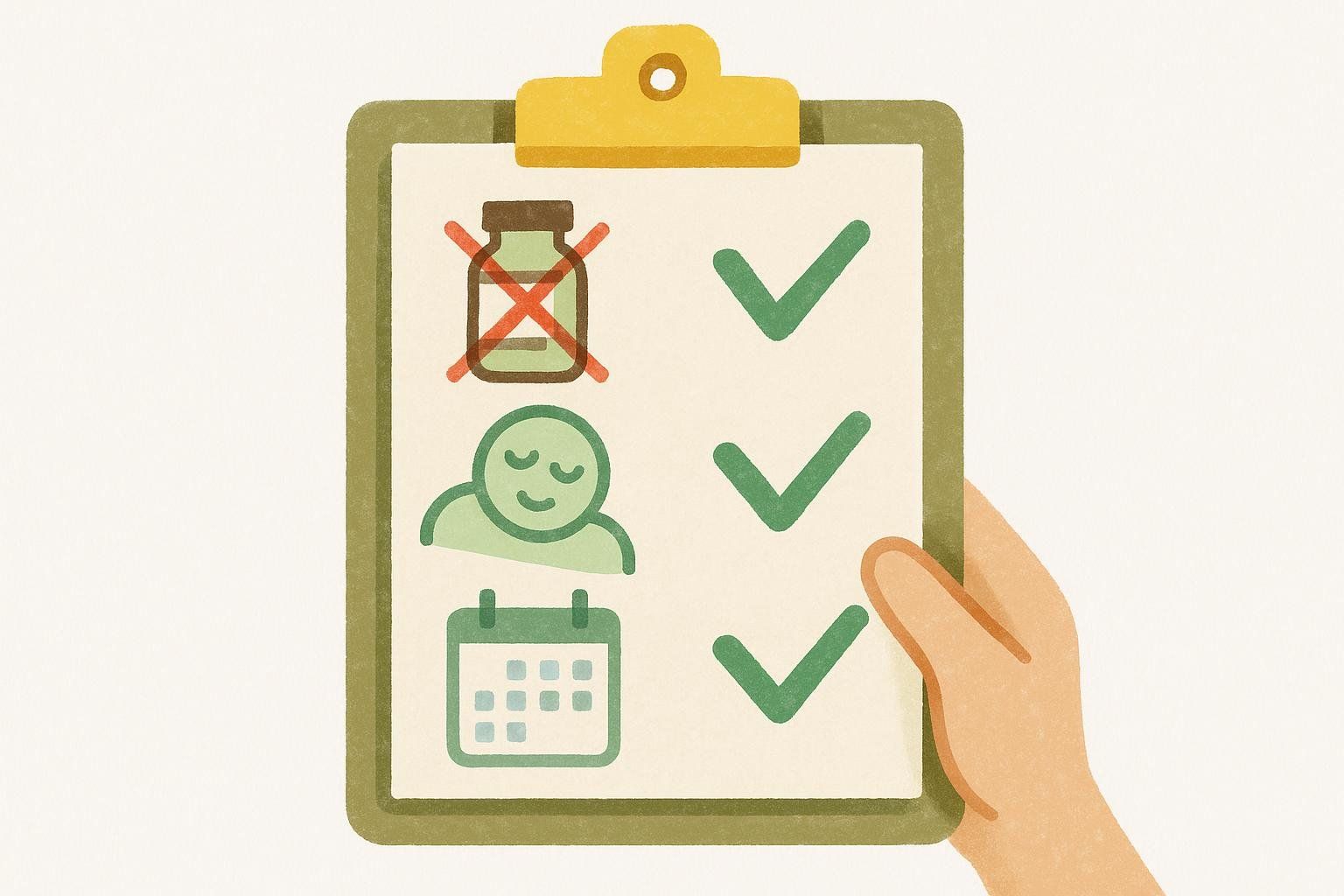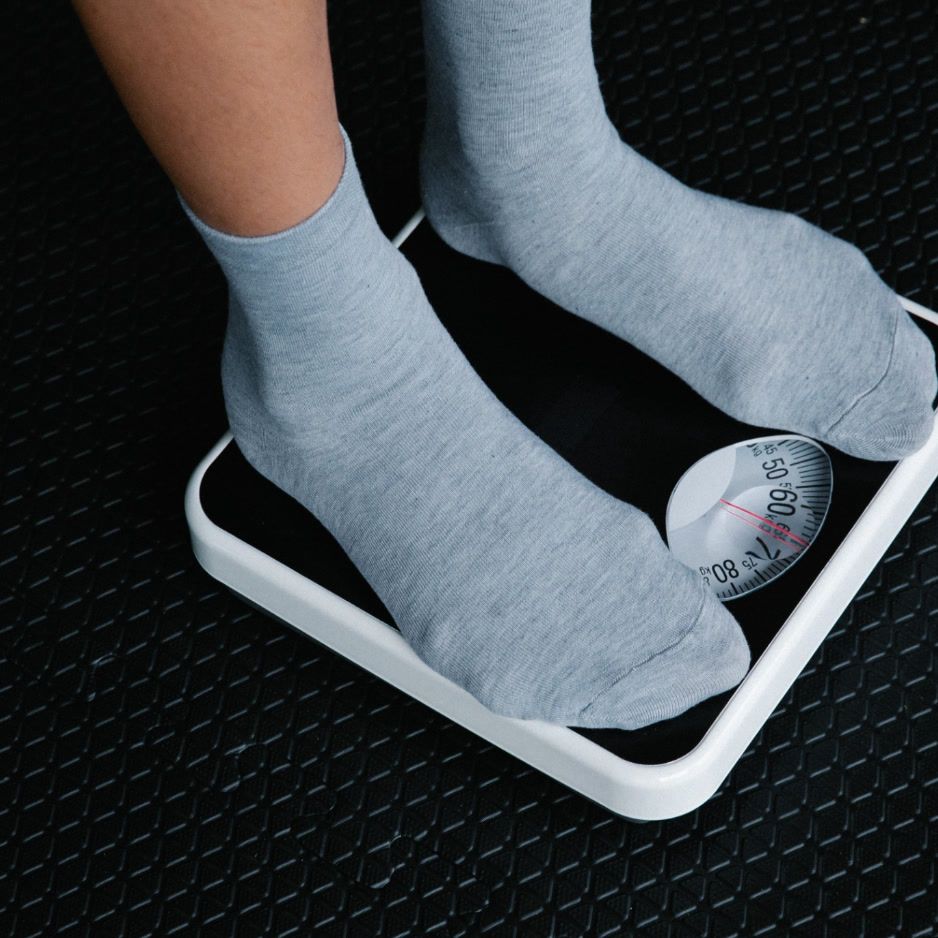Hormone Testing for Women: What, When & How to Test

Hormone Testing for Women: What, When & How to Test
Quick Guide: Hormone Testing by Goal
Fertility and ovarian reserve
• What to order: AMH (any day) + FSH and estradiol in the early follicular phase (cycle days 2–5). Consider an antral follicle count (AFC) ultrasound with your clinician.

• Timing tips: AMH is cycle‑independent; FSH/E2 are most useful on days 2–5.
• What it means (and limits): These tests help estimate potential response to fertility meds (e.g., IVF egg yield). They do not reliably predict your exact chance of natural conception on a given timeline. Extremely low values shouldn’t automatically exclude treatment; decisions should factor in age and full clinical context, per the American Society for Reproductive Medicine’s ovarian reserve guidance and ACOG’s summary on AMH in non‑infertile women.
PCOS symptoms (irregular cycles, acne, excess hair growth)
• What to order: Total and/or free testosterone, DHEA‑S, TSH, prolactin. Pelvic ultrasound as indicated.
• Timing tips: Draws can be done any day; aim for consistent lab timing if repeating.
• What it means (and limits): PCOS is a clinical diagnosis made after excluding other causes. A diagnosis requires meeting at least two of the three Rotterdam criteria: irregular cycles, signs of high androgens (clinical or biochemical), or polycystic ovaries on ultrasound. See the CMAJ 2024 PCOS diagnosis and management review.
Perimenopause and midlife symptoms (hot flashes, cycle changes, sleep/mood shifts)
• What to order: Symptom tracking is primary for diagnosis. Consider ordering TSH to rule out thyroid‑related causes of fatigue and other symptoms.
• Timing tips: N/A for confirmation; track symptoms and cycle changes.
• What it means (and limits): Menopause is a clinical diagnosis—12 months with no period. Routine FSH/estradiol testing during perimenopause is often unhelpful because levels fluctuate (see this perimenopause review and Mayo Clinic guidance on diagnosis).

Thyroid symptoms (fatigue, weight changes, hair/skin changes)
• What to order: TSH with reflex Free T4. Add Free T3 and thyroid antibodies only if clinically indicated.
• Timing tips: Any day; consistency of draw time helps when comparing results.
• What it means (and limits): TSH is the best first‑line screen; Free T4 helps clarify under‑ or over‑activity. The American Thyroid Association’s overview of thyroid function tests explains how these work together.
Prolactin concerns (breast discharge, headaches, missed periods)
• What to order: Serum prolactin; also consider TSH.
• Timing tips: Draw mid‑morning and fasting; avoid nipple stimulation, recent sexual activity, and heavy exercise beforehand.
• What it means (and limits): Elevated prolactin has many causes (physiologic, medications, pituitary). Follow‑up may include repeat testing, medication review, and pituitary MRI—see StatPearls on hyperprolactinemia.
Signs of cortisol excess (easy bruising, purple stretch marks, new diabetes, resistant hypertension)
• What to order: Late‑night salivary cortisol (two measurements) or a 1‑mg overnight dexamethasone suppression test as first‑line screens.

• Timing tips: For late‑night salivary cortisol, collect right before usual bedtime, following kit instructions.
• What it means (and limits): These are screening tools; abnormal results warrant endocrinology follow‑up per the Endocrine Society’s diagnosis guideline.
Sample type matters: blood vs. saliva vs. urine
- Sex steroids (estradiol, progesterone, testosterone): Serum blood tests are the standard for clinical decision‑making. Major medical groups and payers consider salivary sex‑steroid testing unreliable for diagnosis or dosing in most settings (see Blue Cross NC’s medical policy summary).
- Cortisol: Salivary testing is validated for late‑night screening of Cushing’s syndrome and for diurnal patterns in specific contexts (Endocrine Society diagnosis guideline).
Practical takeaway: Use serum blood testing for most reproductive hormones; consider salivary cortisol when your clinician recommends it.
Prep checklist to get accurate results

- Ask about fasting: Many tests don’t require fasting, but prolactin is ideally fasting and mid‑morning.
- Pause high‑dose biotin 24–48 hours before testing: Hair/skin/nails supplements (often 5–10 mg) can distort many immunoassays—including thyroid tests—causing falsely high or low results. The FDA warns about biotin interference; washout varies by dose and platform.
- Go easy the day before: Avoid strenuous exercise, alcohol binges, and brand‑new supplements.
- Follow timing instructions: For example, mid‑luteal progesterone (about 7 days after ovulation) and late‑night salivary cortisol for Cushing’s screening.
- Share your meds: Tell the lab if you use hormones, thyroid meds, steroids, or dopamine‑active drugs—they can affect results.
At‑home kits vs. lab draw vs. clinician‑ordered testing
| Option | Pros | Cons |
|---|---|---|
| At‑home Test Kits | Convenient; often includes physician order and results portal; some CLIA‑certified partner labs | Saliva/dried blood spot (DBS) methods are often clinically unreliable for most sex hormones; shipping delays; limited insurance coverage |
| Local lab draw (self‑ordered) | Broad menus; venipuncture serum testing; fast turnaround | Upfront costs; interpretation may require a clinician |
| Clinician‑ordered panel | Personalized ordering and interpretation; insurance may cover | Appointment needed; copays; prior auth sometimes required |

About accreditation and oversight: Clinical labs operate under CLIA standards and many seek CAP accreditation. Rules for some lab‑developed tests (LDTs) have changed over time; choose established, credentialed labs with physician oversight (see the FDA’s LDT overview).
Privacy note: Look for services that state HIPAA compliance and secure data handling.
Interpreting results: smart guardrails
- Use your lab’s reference ranges and repeat questionable results. Day‑to‑day variation and assay differences are real.
- Context beats a single number. For example, AMH and AFC predict egg yield for IVF but are weak predictors of live birth on their own; age and clinical factors matter most (per ASRM’s committee opinion linked above).
- Don’t dose by saliva for sex steroids. Outside specific contexts (like late‑night salivary cortisol), salivary sex‑steroid testing isn’t considered reliable for diagnosis or dosing.
- Don’t self‑diagnose PCOS or menopause solely from labs. Apply clinical criteria and menstrual history; many values fluctuate across the cycle and the menopausal transition.
Where BodySpec fits in your hormone‑health plan
Hormone tests show what’s happening chemically; a BodySpec DEXA scan shows how your body is changing physically. Pair your labs with a scan to see how interventions affect visceral fat, lean mass, and bone density over time.
- Track visceral fat as you address insulin resistance or enter perimenopause—see our Insulin Resistance & Weight Loss Guide.
- Monitor lean mass while adjusting thyroid therapy—use our DEXA interpretation guide to translate your results into action.
Ready to pair labs with body‑composition data? Book a BodySpec DEXA scan and review how to prepare for your BodySpec scan.
FAQs
Is “day‑21 progesterone” always correct?
No. It’s mid‑luteal progesterone that matters—about 7 days after ovulation (that’s “day 21” only if your cycle is 28 days).
Are at‑home saliva tests accurate for estrogen and progesterone?
For clinical decisions, serum blood tests are standard for sex steroids. Salivary cortisol is a validated exception for certain adrenal evaluations.
Should I stop biotin before testing?
If you take high‑dose biotin (e.g., hair/skin/nails supplements), pause for 24–48 hours to avoid skewing immunoassay results, including thyroid labs.
Can AMH tell me when I’ll hit menopause?
Not precisely. AMH trends downward as menopause approaches, but variability limits its use as a timer in routine practice.
What about cortisol testing for fatigue?
“Adrenal fatigue” isn’t a recognized diagnosis. If symptoms suggest cortisol excess or deficiency, your clinician will select validated tests (e.g., late‑night salivary cortisol or ACTH stimulation) and guide next steps.


